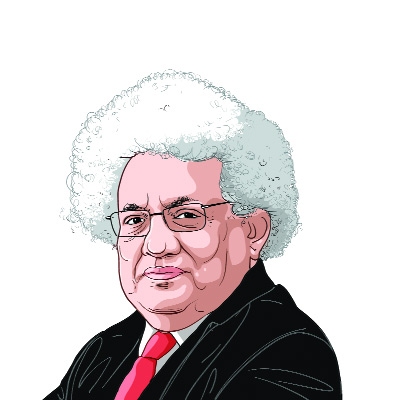Opinion Weapons of Mass Democracy
The tsunami in Japan coincided with a much more lasting upheaval in the Middle-East and North Africa (MENA)
The tsunami in Japan coincided with a much more lasting upheaval in the Middle-East and North Africa (MENA). The results of this particular tsunami are not yet clear but will be profound. Already Tunisia and Egypt have been transformed by it. We await the results in Yemen,Bahrain and Syria. Troubles have been reported in Oman and cant be ruled out in Saudi Arabia. Iran had already seen demonstrations against the fraudulent elections last year. Libya has a different kind of situation but the outcome even there is unpredictable.
The message is something India should welcome. It is a vote for more democracy in whatever form a country chooses. It could be Turkey which emerges as a model or countries like Lebanon,Malaysia or Indonesia that combine Islam and democracy. Or perhaps India could be seen as a model for an open democracy for diverse tribal and ethnic societies. Here is another example of the power of the unarmed struggle India pioneered. In those early days,communications were rudimentary. But it was Gandhis ability to launch struggles which brought out large masses in urban centres or spectacular events such as the Dandi March,which not only used the press but also the new medium of radio and the news reel,which spread the word across the world,embarrassing the British Empire. This time around,it is new media againTwitter,Facebook and other social networking sites and mobile phones which have been the instruments to get attention around the world. The crowds in Tahrir Square or in the Pearl roundabout in Bahrain arrived,thanks to a decentralised network with no hard organisation. It was a fluid technology which mimicked the ways of direct democracy in which many participate. There was no predetermined programme,no manifesto; just simple demands about freedom and change in government. It worked.
Direct democracy lost out to indirect,representative democracy when communications became difficult over large territory or myriads of people. So,the world took to electing representatives who would rule on their behalf. Yet this is now about to be challenged by the new modes of communication. Why go the long indirect route of asking people what they want when you could do it fast and cheap through the new media? When was the last time your MLA or MP sent you a communication which was helpful? How easy is it for you to get in touch with him/her?
Democracies will face this challenge no less than dictatorships. When every one has Aadhar and perhaps the ability to SMS,using their unique identity,we may see profound changes in the ways in which people will register their complaints. This may be the key to good governance; not change from above but demand from below. It may change the lives of MLAs and MPs and bureaucrats who have so far hidden behind delays and misinformation. Yet,even the bigger threat is to dictatorships. Have you noticed how frightened the rulers of China have been about the events in MENA and how they have shut down the internet as a source of news? They know that the dissent can spread like wildfire; a single spark can start a prairie fire, as Mao said. Chinas rulers have no way they can creatively react to this challenge. A Leninist party does not know how to deal with unpopularity except by firing at the dissenters as they did in Tiananmen Square. So,the Tahrir Square/Jasmine Revolution has tilted the balance against China and in favour of democracy. India was far too indulgent in the NAM days to one-party rulers and ideological dictatorships. No longer,one hopes. People around the world have learnt yet again the lessons of Bastille 1789. No power is strong enough to withstand a determined revolt by people. This time,they are armed with knowledge and the power of communication and can organise in a decentralised flexible fashion. And they are young.




